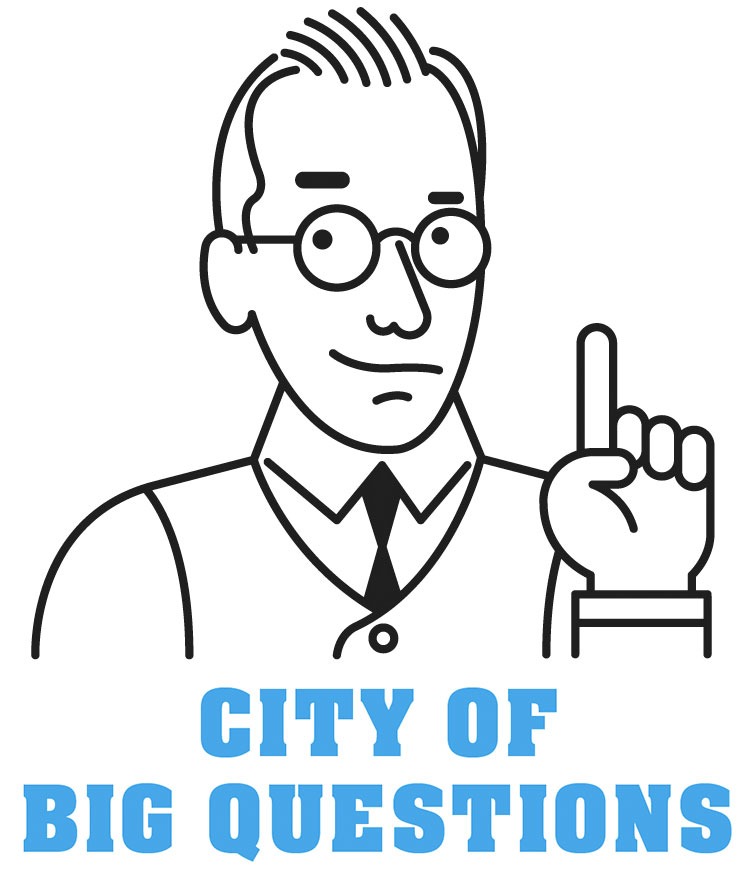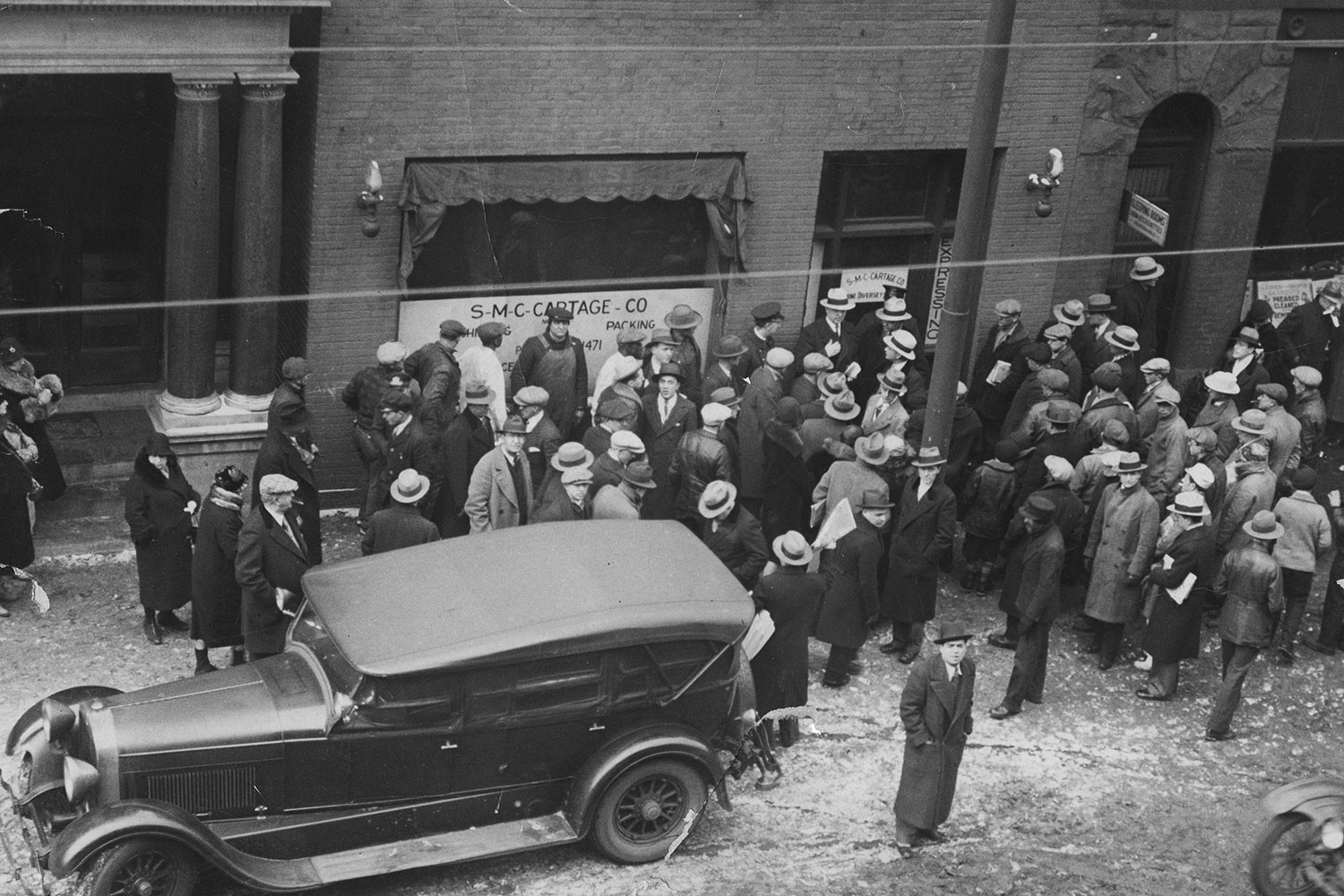
On February 14, 1929, seven gangsters were machine-gunned to death in a Lincoln Park garage, an act that so shocked the nation (“Machine Guns Used to Mow Down Victims,” read a headline in the Scranton Republican), it earned a nickname — and a place in the country’s criminal lore. Weary of the bootlegging wars that were a byproduct of Prohibition, the public demanded curbs on the murder weapon: the Thompson submachine gun, a.k.a. the Tommy gun.
It took over five years, but on June 26, 1934, Franklin D. Roosevelt signed the National Firearms Act, the first federal gun control law, as part of his “New Deal for Crime.” The law, a response to the outcry over not just the Chicago massacre but also other notorious gangland shootings, regulated such gangster favorites as machine guns, short-barreled rifles and shotguns, and silencers and imposed a $200 tax on the sale of each weapon. That was a lot of money then, but the tax remains the same today.
“A machine gun, of course, ought never to be in the hands of any private individual,” Attorney General Homer Cummings had said during a House hearing on the act. The law was so effective that by 1937 the sale of machine guns had virtually ceased.
Send your questions about the Chicago area to emcclelland@chicagomag.com.



